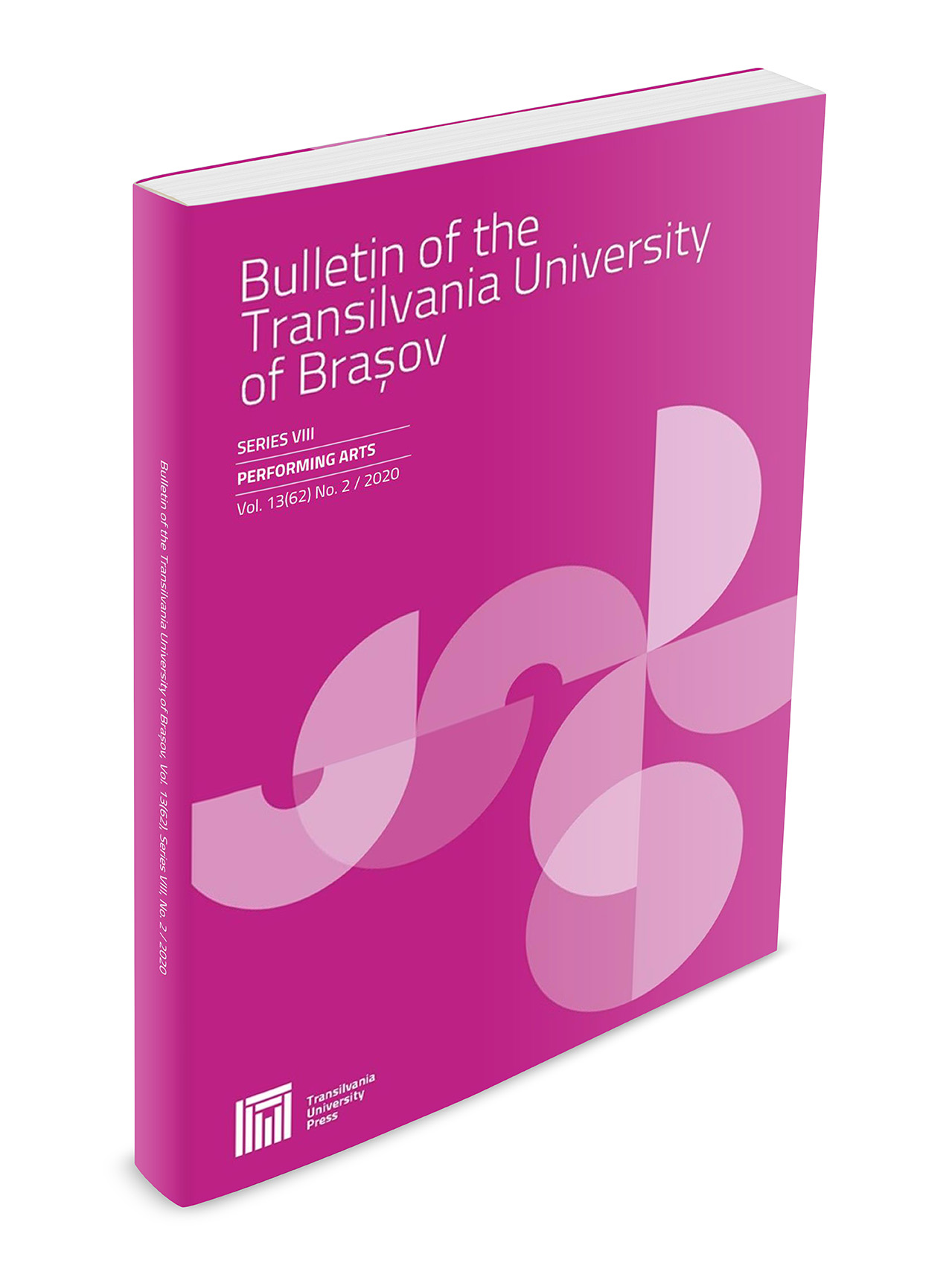Content of bi-competitive training means in an annual training cycle of junior female gymnasts
Keywords:
artistic gymnastics, means, performance, planning, bicompetitive trainingAbstract
The author presents the content of training means in an annual cycle of the junior female gymnasts. To do this we felt that providing an optimal relationship between the content of bi-competitive training means during the same stage of training will emphasize the level of learning the technical elements of apparatus and the successful participation in both competitions planned. The research was conducted over a bi-competitive training period, during 4 micro-cycles, the period 19.04.2010 to 14.06.2010, with a group of 6 junior female gymnasts: 4 of category IV and two of category III, 9 to 12 years old, selected from the entire group. This approach has led to a study conducted in the Gymnastics Department of School Sports Club no.2 of Bucharest. During the study period, one monitored the bi-competitive training for the National Championship for Children, Focsani 14-15.05.2010, and for the National Team Championship for Juniors, Buzău, 18-20.06.2010. The analysis of the contents of the means applied in the bi-competitive training of Juniors IV female gymnasts showed that the training was done to improve the technical elements of category IV, 1st, and 2nd training levels, and to learn technical elements of higher difficulty required for category III at each apparatus. The study results demonstrated that these methodological guidelines serve as an effective training method for increasing the capacity for performance. Depending entirely on the competitive calendar, on gymnasts’ training level, and on the characteristics of competitive effort at various levels of training, this guidance is rarely seen in artistic gymnastics. The optimization of the training by improving the elements of category IV on each apparatus and by learning technical elements necessary for category III during the same training session leads to bi-competitive training in women’s artistic gymnastics. The proper application of this form of competitive training should be utilized effectively in training only if we take into account the methodological aspects allowing us to use it.Downloads
Published
Issue
Section
License
Copyright (c) 2011 Bulletin of the Transilvania University of Braşov. Series VIII: Performing Arts

This work is licensed under a Creative Commons Attribution 4.0 International License.




